Pandemic brings record crowds to Michigan parks. (And trash and trouble)
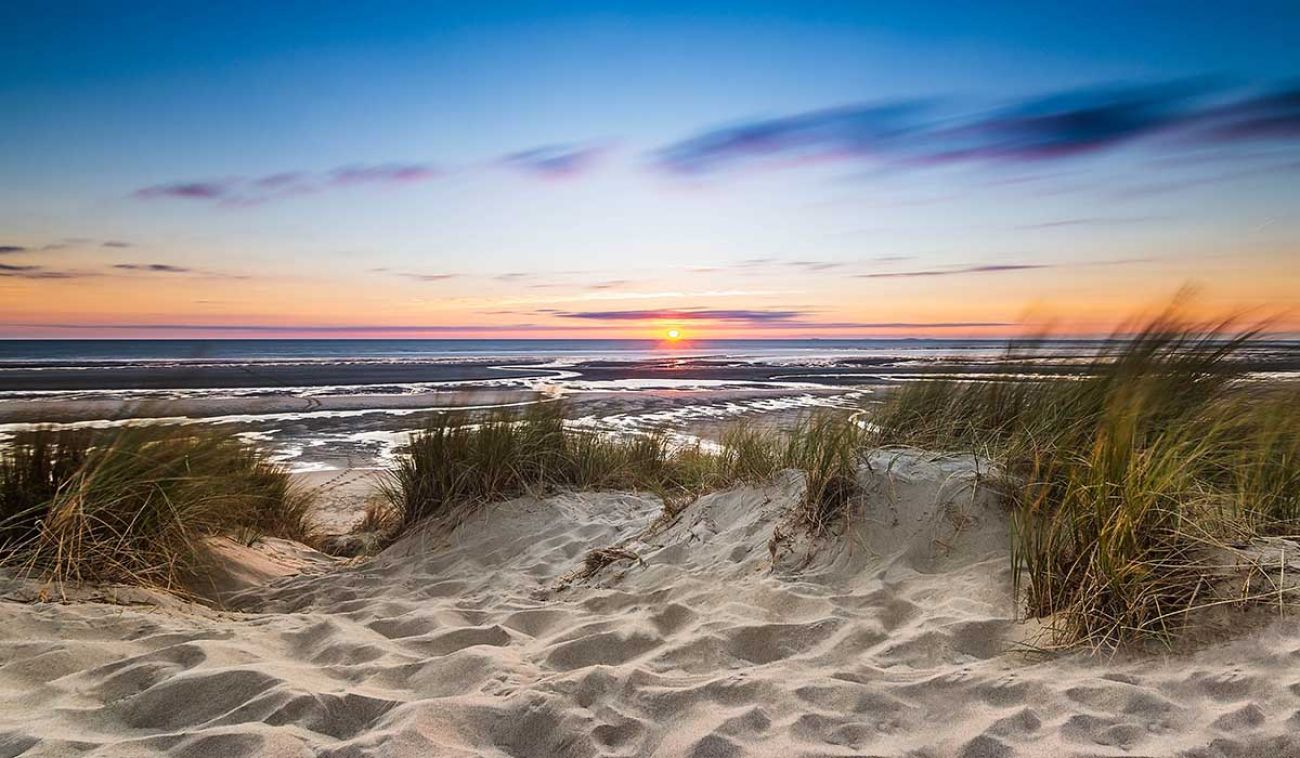

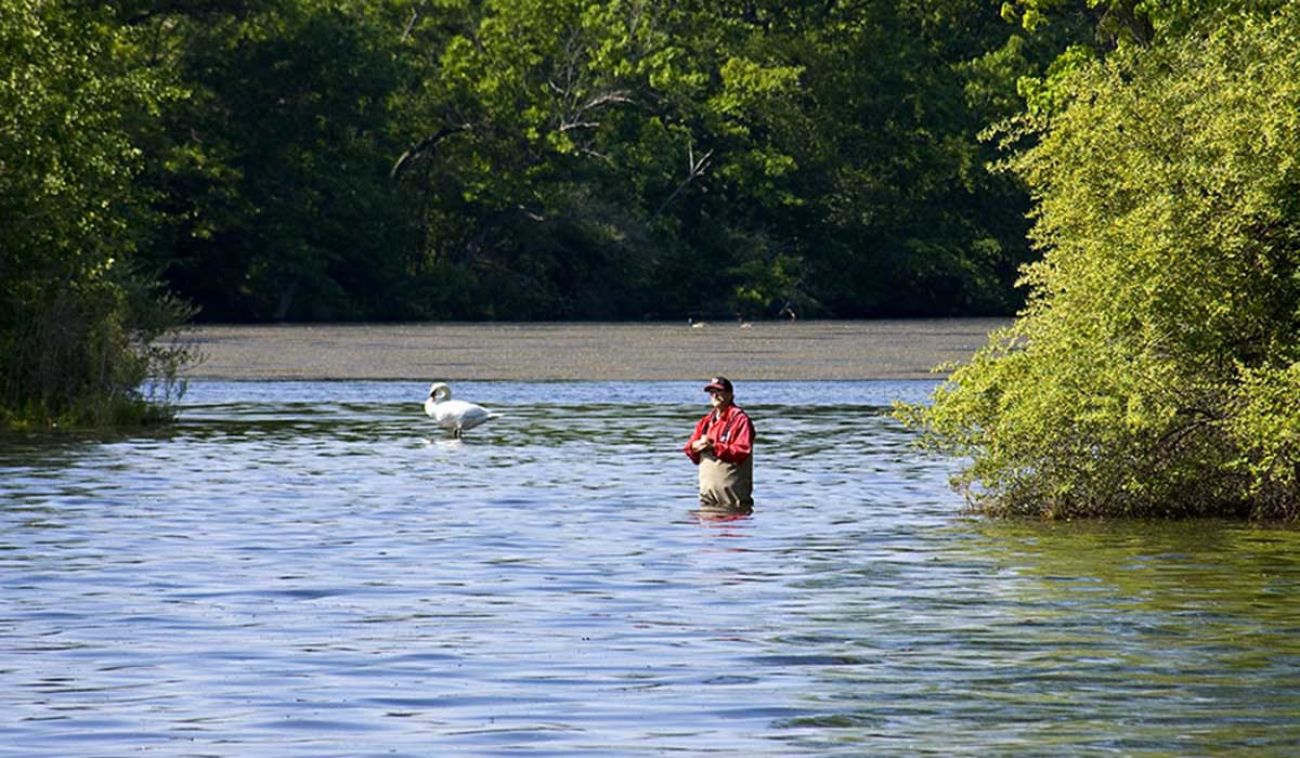
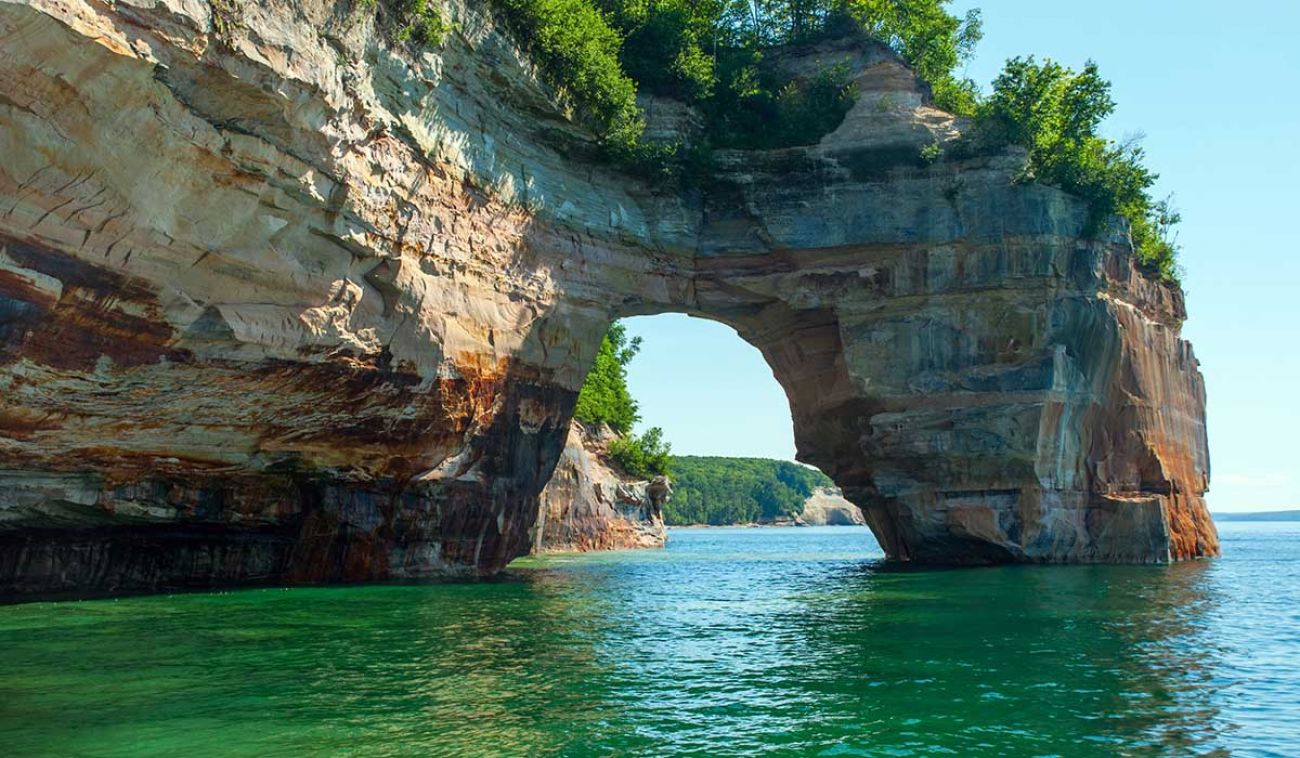

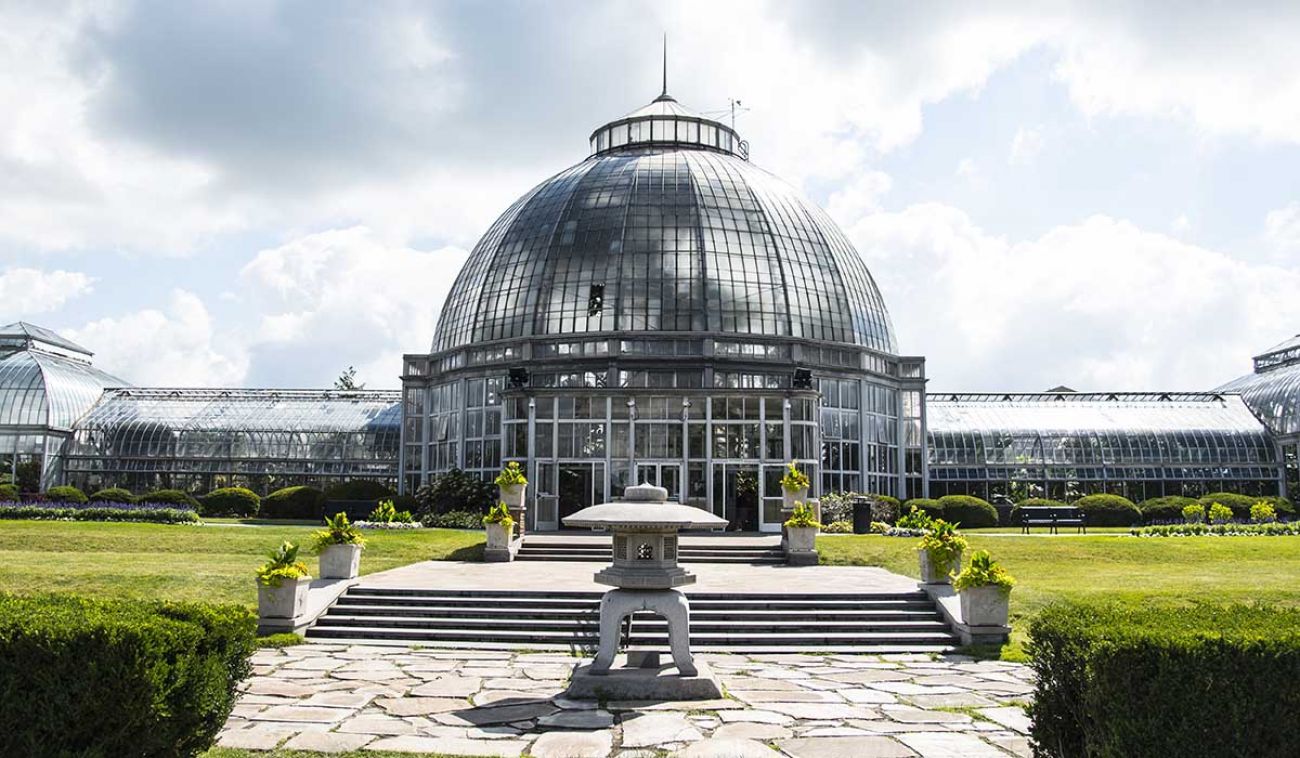
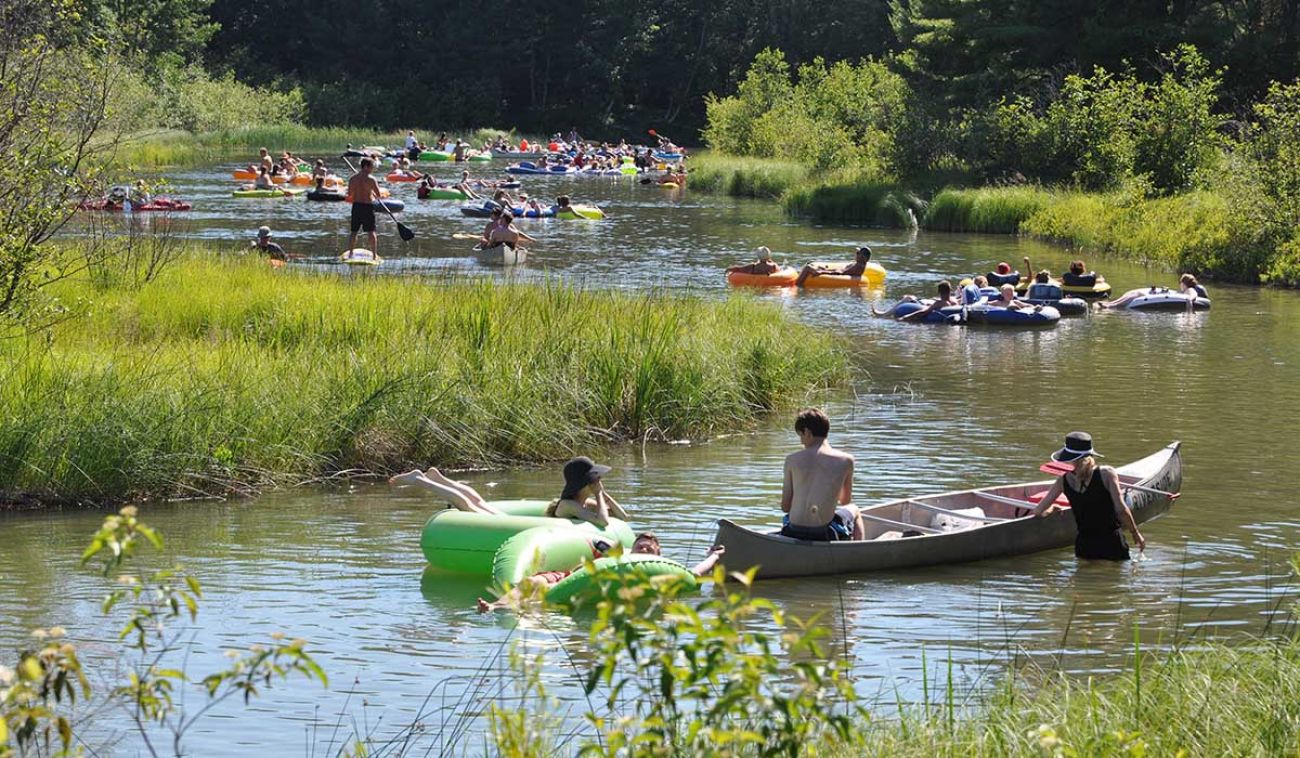
June 2, 2021: COVID supercharged Upper Peninsula travel. Looks like it’s going to last.
June 2, 2021: In tiny Copper Harbor, a mountain biking boom causes growing pains
Michigan’s beaches, campgrounds, hiking trails and harbors are logging record attendance this summer, as vacationers seek relief from COVID-19 cabin fever and travel restrictions, closures and health concerns limit their options.
At Sleeping Bear Dunes National Lakeshore on Lake Michigan, July crowds shattered an all-time record, with more than 590,000 visitors. In July 2019, the lakeshore saw just under 500,000.
At Tahquamenon Falls State Park in the Upper Peninsula, day-use attendance in July was nearly 60,000, up 4 percent from last year’s already higher-than-average numbers, and the campground was full virtually all month.
Statewide, nights reserved in July were up 25 percent at state campgrounds along with “unprecedented” attendance at first-come, first-served rustic campgrounds, while visitors to the Huron-Clinton Metroparks system in southeast Michigan increased nearly 31 percent so far this year to 2.2 million.
“We’ve seen record numbers of people all week, even on marginal weather days,” said Ron Olson, parks and recreation chief of the Michigan Department of Natural Resources. “People have been sequestered at home, and being outside feels like a safer place to go, particularly places that have larger open spaces so people can spread out.”
The increases follow nationwide shortages of bicycles, kayaks, sleeping bags and tents and record boat and RV sales. But with more crowds come more problems — and poop.
Along Lake Superior, early numbers indicate a 7 percent jump in visitors at Pictured Rocks National Lakeshore. Parks staff have noticed a dramatic spike in littering, illegal trailblazing, and other disregard for park rules, said Susan Reece, the lakeshore’s chief of interpretation and education.
Hoping to avoid restrooms for fear of spreading the virus, visitors have defecated “next to the toilets, behind the toilets, on the floor, wherever,” Reece said. Some have built illegal campsites after arriving at the lakeshore without reservations, only to discover that campgrounds are full. Others have left entire coolers in the woods.
This month, a bear was struck and killed by a car on Highway 58 in the park. The animal was loitering in the road and had learned to do so by people feeding it from car windows. Bear run-ins are way up throughout the park this year, Reece said.
“People are just throwing trash everywhere, and a lot of younger bears, the yearlings in their first year on their own, are getting themselves in trouble,” she said.
Olson said state parks and forests are also experiencing a similar increase in littering and illegal dumping. He attributes it partially to an uptick in first-time campers who aren’t accustomed to leave-no-trace principles.
Social distancing protocol may also play a role, he said. As visitors take precautions to keep their distance from other groups, they stray from the developed picnic areas equipped with trash receptacles and other amenities.
“They don’t want to hunt down a receptacle,” he said, so they toss the trash on the ground.
At Sleeping Bear, the biggest issue is illegal parking. Visitors arrive at a popular trail to find the lot full, so they park off-road, sometimes on sensitive dunes.
Sleeping Bear Superintendent Scott Tucker said parks staff combat the bad behavior by trying to spread a message: “The lakeshore is here for you during this trying time, but we want to make sure the lakeshore is here for your grandkids, as well.”
Cleaning up after litterers is a strain on parks and recreation employees, who are already short-staffed after COVID-19 closures delayed the summer hiring season, Olson said. Plus, employees are busy adhering to a stepped-up cleaning routine to make sure COVID-19 doesn’t spread in park bathrooms and other facilities. “But we just continue doing the best we can.”
The upshot for vacationers hoping to visit a popular Michigan campground or outdoor recreation spot this summer:
“Plan ahead,” said Tahquamenon Falls State Park Manager Kevin Dennis, who also oversees 11 state forest campgrounds in the U.P. “We see a lot of folks that don’t, and they get up here and can’t find anywhere to camp.”
The uptick isn’t limited to popular sites like Tahquamenon and Grand Haven State Park, although those places have been consistently packed. Even some of the DNR’s less-popular destinations, such as small inland lakes and rustic state forest campgrounds, have been busy. So have harbor slips, where reservations are up 14 percent, and off-road vehicle trails, where permits are up 22 percent, Olson said.
Balancing the newfound popularity against COVID-19 social distancing protocol can be a challenge.
In the five-county Huron-Clinton Metroparks, communications chief Danielle Mauter said officials have developed a system to restrict visitor access when parking lots reach 60 percent capacity. At times, workers have had to temporarily close whole parks or popular areas such as splash pads and beaches.
Olson said DNR staff have also had to close popular parks such as Belle Isle in Detroit more frequently than usual, waiting for crowds to thin out before letting new visitors enter.
Signs placed throughout parks remind visitors to keep their distance and wear a mask in indoor spaces, and “by and large,” he said, “people have become more and more used to the protocols.”
Michigan Environment Watch
Michigan Environment Watch examines how public policy, industry, and other factors interact with the state’s trove of natural resources.
- See full coverage
- Subscribe
- Share tips and questions with Bridge environment reporter Kelly House
Michigan Environment Watch is made possible by generous financial support from:
Our generous Environment Watch underwriters encourage Bridge Michigan readers to also support civic journalism by becoming Bridge members. Please consider joining today.
See what new members are saying about why they donated to Bridge Michigan:
- “In order for this information to be accurate and unbiased it must be underwritten by its readers, not by special interests.” - Larry S.
- “Not many other media sources report on the topics Bridge does.” - Susan B.
- “Your journalism is outstanding and rare these days.” - Mark S.
If you want to ensure the future of nonpartisan, nonprofit Michigan journalism, please become a member today. You, too, will be asked why you donated and maybe we'll feature your quote next time!





